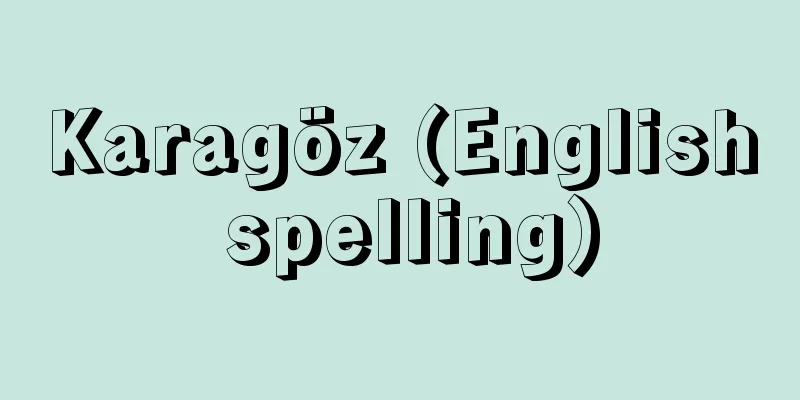Tetralogy of Fallot

What kind of disease is it and what causes it? big In approximately 10% of cases, it occurs in conjunction with chromosomal abnormalities (CATCH22). How symptoms manifestThe time when cyanosis appears in this disease varies: one third of cases occur within the first month of life, one third occur within the first month or year of life, and the remainder occur after one year of age. In infancy, cyanosis is only seen when crying or exercising, but later it becomes constant. Approximately 30% of patients with this disease experience characteristic cyanotic attacks (spelling attacks: attacks in which the lips and other parts of the body turn black and the child temporarily loses consciousness) between the ages of 3 months and 3 years. After 6 months or more of cyanosis appears, the tips of the fingers and toes become rounded and deformed, a condition known as drumstick fingering. When they start walking after the age of one, they squat down when they get out of breath from running or walking, like sumo wrestlers. Testing and diagnosis A definitive diagnosis requires cardiac ultrasound (echocardiogram), cardiac catheterization, and cardiac angiography (precise examination). Treatment methods Prevention and treatment of cyanotic attacks are necessary in infants and young children. The first step in treating cyanotic attacks at home is to hold the baby up and If the cyanotic attacks do not subside with medication, a shunt operation is performed through a chest opening in early infancy. Usually, the baby is about 1 year old and weighs 8-10 kg, and undergoes radical surgery using a heart-lung machine. The risk of surgery is 2-5%, but the risk varies depending on the shape of the pulmonary artery and any associated anomalies. If the radical surgery is successful, cyanosis will disappear, right ventricular pressure will decrease, and there will be almost no subjective symptoms, but an exercise stress test will show a mild decrease in cardiac function. Toshiharu Niioka "> Figure 16 Tetralogy of Fallot *The numbers indicate blood volume... Tetralogy of Fallot |
どんな病気か・原因は何か 大きい 原因として、約10%で染色体異常(CATCH22)に合併して生じます。 症状の現れ方本症でのチアノーゼ出現の時期はさまざまで、3分の1は生後1カ月以内に、3分の1は生後1カ月ないし1年に、残りは生後1年以後に現れます。乳児期には泣いた時や運動時にだけみられるチアノーゼが、のちには常時認められるようになります。 本症の約30%には、特有のチアノーゼ発作(スペル発作:唇などが黒くなり、一時的に意識を失う発作)が3カ月~3歳で生じます。チアノーゼが出現して6カ月以上たつと手足の指先が丸く変形し、これは太鼓バチ指と呼ばれます。 1歳過ぎに歩行を始めると、走ったり歩いたりして息が切れるとしゃがみ、いわゆる相撲の 検査と診断 診断の確定には心臓超音波(心エコー)や心臓カテーテル、心血管造影検査(精密検査)が必要です。その他のチアノーゼ性心疾患( 治療の方法 乳幼児期には、チアノーゼ発作に対する予防と治療が必要です。家庭でのチアノーゼ発作に対する処置は、第一に抱き上げて チアノーゼ発作が薬物でおさまらない場合は、乳児期早期に開胸してシャント手術を行います。通常は1歳前後、体重8~10㎏で人工心肺を使用して根治手術を受けます。手術の危険率は2~5%ですが、肺動脈の形態や合併する奇形によって危険率は変わります。 根治手術が成功すれば、チアノーゼの消失、右心室圧の低下が得られ、自覚症状もほとんどありませんが、運動負荷試験では軽度の心機能の低下が認められます。 新岡 俊治 "> 図16 ファロー四徴症 ※数字は血液量… ファロー四徴症
|
<<: Fallopio (English spelling) Gabriele Falloppio
>>: Fahrenheit - Daniel Gabriel Fahrenheit
Recommend
Map of the fields of Kado County, Yamashiro Province
A map of nine ri of rice fields in Kazuno County, ...
Mushroom cloud - Kinokogumo
...Within 1× 10-6 seconds after a nuclear explosi...
Western European Union (English spelling)
Abbreviation: WEU. Also known as the Western Euro...
Fokine, M.
…Russian dancer and choreographer. Later he took ...
Basic sentence patterns - Kisobunkei
…For this reason, further systematization is desi...
electrification
…An object originally carries equal amounts of po...
Lead [Hot Spring] - Accent
A hot spring in Hanamaki, Iwate Prefecture. Simple...
Grace - charis; gratia; grace
Grace, grace, or favor. A fundamental concept in C...
Eucharis
…A bulbous plant of the Amaryllidaceae family nat...
Easy stage - Gakudan
…(1) In modern times, gagaku is used as the small...
Dutch War of Independence
The Spanish Netherlands rebelled against the King...
Geography - Chishi
Geography is a science that deals with various re...
Restoration of Imperial Rule - Taiseihokan
"Taisei" means the government of the wh...
"Amitabha Penance Law"
...In the Soto Zen Kannon sanction, a certain mel...
Yuba - Yuba
It is also written as yuba or yuba. It is a soy p...





![Higashi Izumo [town] - Higashi Izumo](/upload/images/67cc996b6093c.webp)



